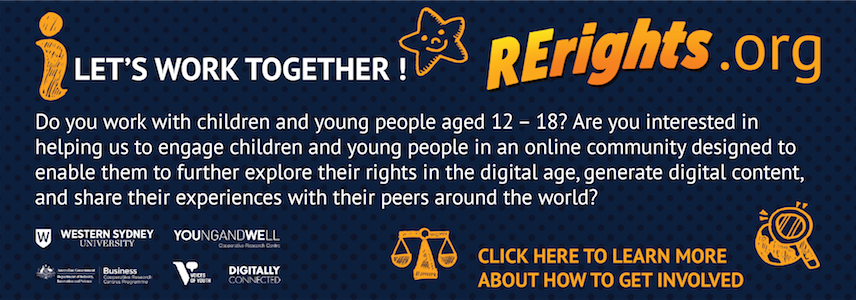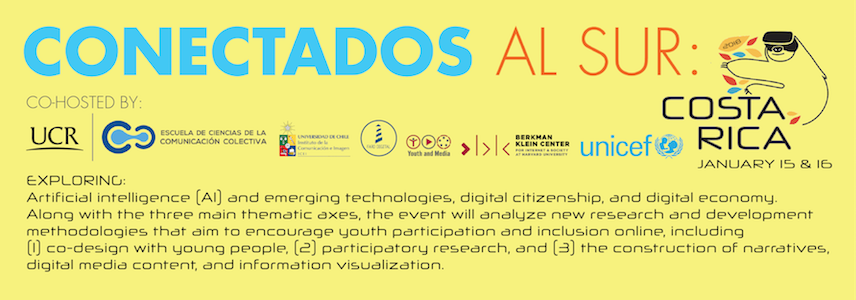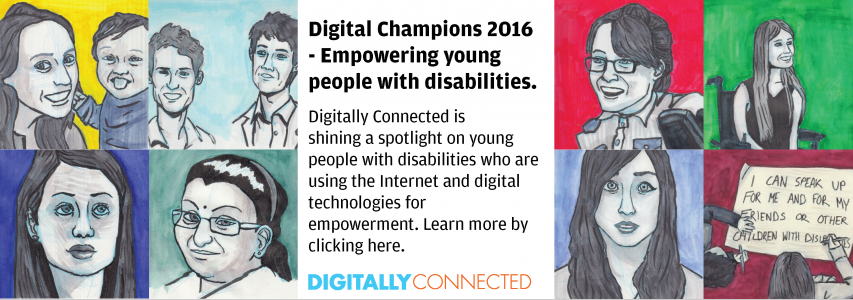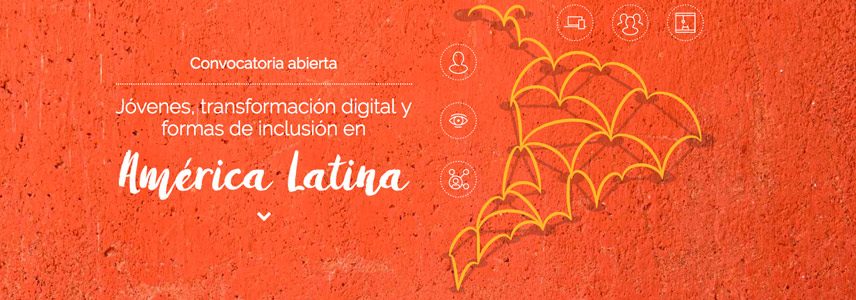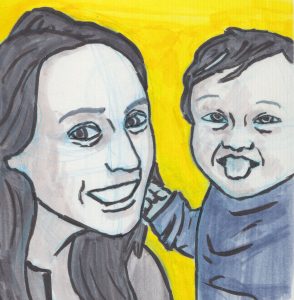Age: 36
Organization: Cande Down Side Up
Website: candedownsideup.com
Location: Uruguay
For Alfonsina Almandoz, the Internet and digital technology represent a helpful means of fighting stigma and discrimination and promoting understanding, and inclusion of young people with disabilities around the world.
Prior to the birth of her youngest child Candelaria, doctors diagnosed Cande—as she is affectionately known by her parents—with Down syndrome. Following Cande’s diagnosis, Alfonsina realized both how little she knew about the condition and how to raise a child with Down syndrome.
“I decided to begin working towards creating awareness about Down syndrome when Cande was born, because at that moment, I recognized in myself many fears due to complete ignorance regarding this condition. I realized my same ignorance is ingrained in society and does not allow people with Down syndrome to fully realize their potential.”
As a result, Alfonsina decided that one means of informing others about Down syndrome and empowering young people with the condition to reach their full potential was to document her and her daughter’s experiences using digital means. Alfonsina then created a blog entitled “Cande Down Side Up” in which she details daily life with Cande and provides parenting insights.
Alfonsina notes that this undertaking was particularly needed in Latin America, where there were not similar digital resources for parents of children with Down syndrome prior to her work.
“[The blog] has brought awareness in a positive and loving way in Latin American society, where there have been very few similar examples in the past. This day-by-day diary of Cande´s and our family life, introduces people in a positive and empathic way to Down syndrome. Through our blog people have fallen in love with Candelaria and because of this, they have opened up to challenging fears, myths and misconceptions about Down syndrome.”
This impact on parents has been substantial, as the blog has served as a support system for parents looking to raise happy, empowered children despite their child’s disabilities. Alfonsina notes that her blog gets between five and eight messages a day from parents in similar situations looking for advice and support. Overall, “Cande Down Side Up” has engaged over 800,000 visitors and has been featured in a variety of different media outlets, including TV, radio, and national newspapers.
“We see positive effects in society’s general awareness making them more empathic towards people with DS. The project has opened up media outlets for people with Down syndrome to share their stories. This has helped companies reach out and ask us about inclusion in the workplace, schools about inclusion in education, and other institutions who are trying to include people with Down syndrome.”
In addition to being able to change societal perceptions about Down syndrome, Alfonsina notes that blogging has helped her see the power of the Internet and digital technology for helping individuals with Down syndrome and other disabilities.
“Digital technology allows people with disabilities to find their voice, with their own timing, their preferred medium, and fine tune their message to a specific audience. What is more empowering than sharing your experience and message with the world? What is more empowering than receiving positive feedback from your audience, breaking down barriers related to disabilities, and telling the world your story in order to create bridges and opportunities for people with disabilities?”
Through the use of digital technologies, “Cande Down Side Up” has created a movement for inclusion across Latin America in which it redefining success in life by “using a different yardstick, which is love, patience and diversity.”
Advice to decision makers:
- “Communities are better off when the “smallest” of its members are taken into consideration. Digital technology allows and empowers young people with disabilities to participate, to be active citizens and to share their voice and experience with the larger community. These voices, expressed through the most creative means digital technology allow, create awareness, shape the opinions of communities, allow better decision making and implementation of public policy. Through these voices (and the empowerment digital technology provides) we will ultimately provide better health care, education, employment and overall opportunities for people with disabilities.”



